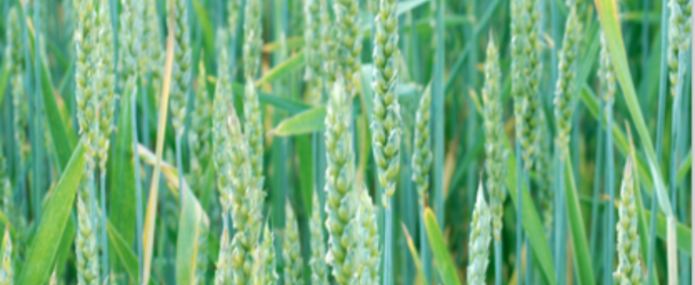Last September, UN Member States committed to achieving 17 Sustainable Development Goals (SDGs). While the new development agenda provides a useful guide for understanding the main challenges to be met by 2030, to induce action and to realize the ambition of this agenda, each country must now work to establish its own development path, especially for the food and agriculture sector, which will have a positive or negative impact on the achievement of at least eight of the 17 SDGs. How can we develop sustainable development pathways for the agricultural sector that highlight and encourage debate on the scope of the transformation that will be necessary in the coming decades, and on the feasibility of the pathways that could lead to such change? This is the objective of the Agricultural Transformation Pathways Initiative (ATPi), the pilot phase of which has recently concluded.
IDDRI, in association with Rothamsted Research (UK) and with the support of SDSN, worked for several months to achieve this objective with expert teams in three countries with very different economic and agricultural conditions: Uruguay, China and the UK. In these three “pilot” countries, the approach was to test the possibility of implementing a backcasting methodology, designed to support decision-makers in the construction of national agricultural transformation trajectories towards more economic, social and environmental sustainability.
Identification of key sustainability challenges for each country
The methodology developed by the ATPi involves several steps. The first involves a thorough analysis of the current situation and the identification of key sustainability challenges for each country (for some, the issue of nitrogen pollution will be among the most urgent to address; for others, greenhouse gas emissions will be considered as the primary issue). From this initial analysis, options can be derived regarding the level of priority attributed to certain sustainability indicators that are representative of the desired changes, as well as options regarding the scale of the transformation required.
Quantitative targets for 2030
These sustainability indicators are then assigned quantitative targets for 2030. The combination of these quantitative targets form a picture of the “desired future”, and then the backcasting process enables a pathway towards that target to be established. These concrete courses of action can, for example, be derived from existing practices carried out by innovative stakeholder groups, such as the FUCREA farmers’ network in Uruguay, or the test plots that were part of the ISSM projects in China.
Intermediary technical terms
To assess the feasibility of the 2030 objectives, they are expressed in intermediary technical terms, which fuel the debate on public policies by painting a picture of the future outlook for the agricultural sector: for example, what would be the impact of a goal of a 25% increase in Uruguayan beef production in terms of the number of suckler cows, slaughter age or gestation rates? The answer to such questions provides a concrete basis for discussion with stakeholders, one that is more definite than questions such as “do you think the goal of a 25% increase in production is feasible on all Uruguayan farms?”
Transformation pathways by national teams
Since encouraging discussion is another key element of the ATPi, it is fundamental that the trajectories are developed by national teams (researchers and policy makers) with an excellent knowledge of the issues that are specific to their country (because “sustainable agriculture” cannot be built on the same criteria in every country as it depends on the particular challenges faced by each country). These national teams may eventually take ownership of these trajectories and discuss them with other national actors.
A participatory backcasting methodology
This participatory backcasting methodology has been developed and applied previously in areas where the size of the investment and the infrastructure lifetime are critical factors in influencing decisions on long-term investments (such as the energy sector, see the DDPP project). Until now, participatory backcasting has rarely been used for building long-term trajectories in the agricultural sector. However, in this sector the slow pace of change means that we must act now to develop long-term trajectories (to overcome the behavioural and sociological impediments to changing practices, to address the need to maintain or build storage infrastructure, to take into account the appearance and disappearance of new sectors, etc.). The promising results of the pilot phase of the ATPi prove that it is possible to implement participatory backcasting for the construction of pathways in agriculture. In Uruguay, this exercise has already resulted in the creation of regional task forces that are bringing together the various stakeholders in the beef production chain and assigning responsibilities to each for the implementation of the actions recommended by the transformation pathway developed by the national teams. The pilot studies have thus shown that the ATPi enables:
- the establishment of a detailed knowledge base on national transformation trajectories, which supports public debate through participatory approaches;
- the establishment of an international learning platform through the creation of a network of experts and practitioners;
- the development of experience on concrete ways to achieve sustainable development goals.
The initiative is intended to continue for an extended length of time and has been divided into two main phases. The objective of the first stage was to produce an initial series of pilot case studies that would develop models and conclusions on which to base a first report and summary. The objective of the initiative is to encourage other countries to participate as it progresses, in view of initiating a long-term dynamic working towards SDG implementation. During 2016, the initiative will involve France, the Netherlands and New Zealand in particular through the TSARA project.


